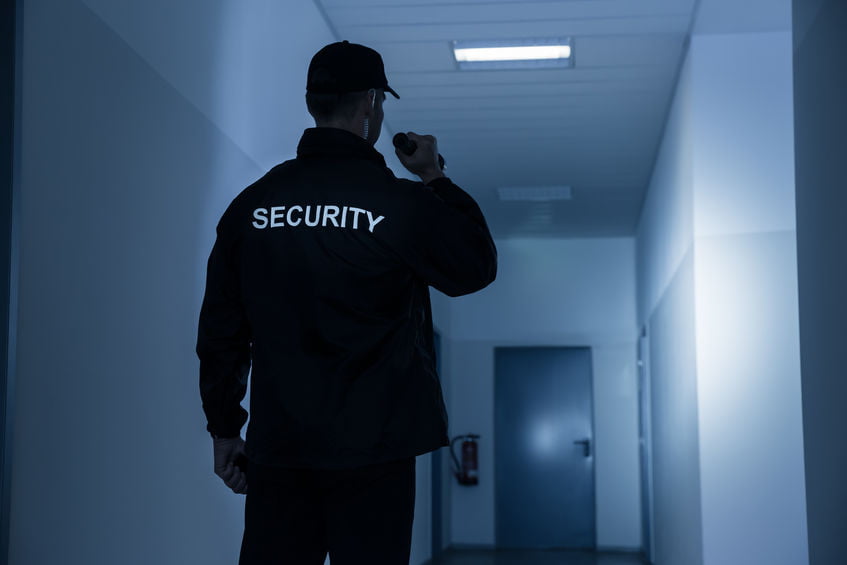What is Lone Working and other Relevant Questions

A lot of people search on Google about lone working. People ask who lone workers are, what are the risks, how do they stay safe and much, much more. We decided to address all these questions and more - to help people learn about lone working and how to stay safe.
Who are lone workers?
What does lone worker mean?
There are many similar definitions of a lone worker. One of the clearest definitions is when work is done in a location where the employee cannot physically see or be seen by another person or talk to or be heard by another person. This scenario of isolation means a person could go for hours without interacting with other people.
Is working from home lone working?
Yes. Maybe you have the freedom to decide whether to work in the office or have days at home or you are in lock down or isolating, but if you are in your house where you cannot be seen or heard by another person, you are a lone worker.
How is a lone worker at risk in the workplace?
Lone working is riskier because you do not have colleagues to turn to if something goes wrong. This puts lone workers at a higher risk of being involved in an incident and not being able to get help.
What are the risks of working alone?
Lone workers often travel for work. Either completely on their own (driving), or to the homes/offices/warehouses of other people as health visitors, delivery people, technicians etc. Lone workers may also do manual work in occupations (farming, forestry, construction), that are more dangerous.
Is lone working a hazard?
As lone workers are carrying out their tasks in isolation there is a greater chance they could become injured or encounter a hazardous situation. As these workers do not have work mates close at hand, there is no one there to administer first aid or summon emergency services.
How do you keep a lone worker safe?
How do you stay safe when working alone?
The best way to keep lone workers safe and protected is to use a lone worker solution.
Some companies have bespoke, custom-made devices that workers must carry with them throughout the day, but these are often cumbersome, very expensive to buy and often tie people into long contracts.
Other companies use independent call-centres to monitor their lone workers. This can be an effective solution; however, call-centres have no way of knowing where a lone worker is as they do not have a means of monitoring worker locations.
What is lone worker protection?
What is a lone worker device?
The most convenient solutions use hardware, like smartphones, that lone workers already possess. The best solutions allow workers to check in with their companies on a regular basis to show they are all right. They also use automated notifications to remind workers if they forget to check in.
A great lone worker solution has the following features:
- It sends notifications to your phone in case you forget to check in
- It has GPS monitoring to alert others of your location in an emergency
- It works through your phone, so no additional device is required
- It takes minutes to set up and there are no set up fees or long-term contracts
More Questions
Book a Demo Today
Alternatively, get a free trial of the app
Want to try OK Alone? Click the button below and enter your details. It's free and no credit card is required.





